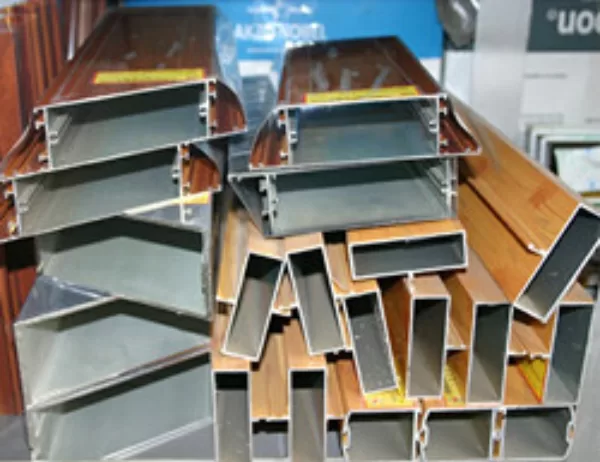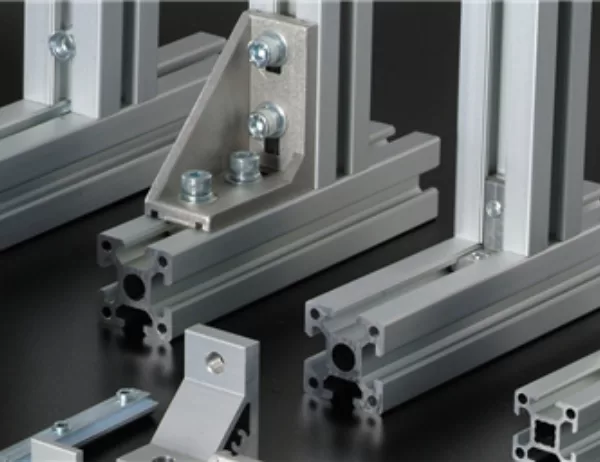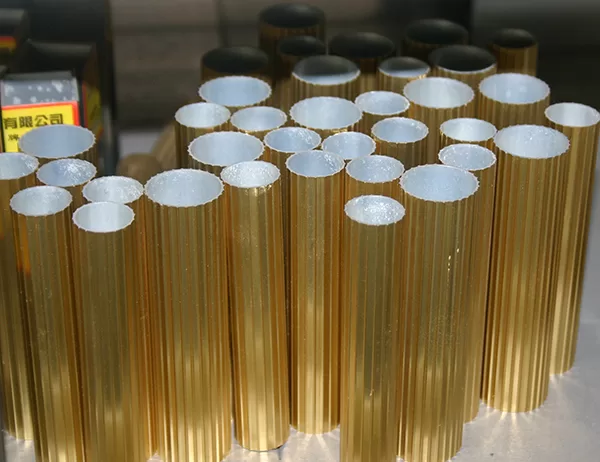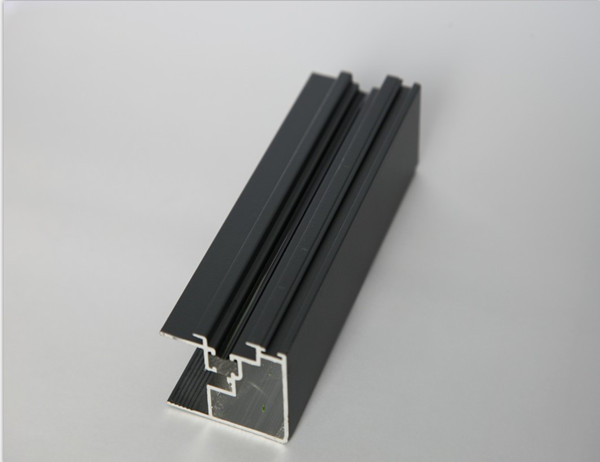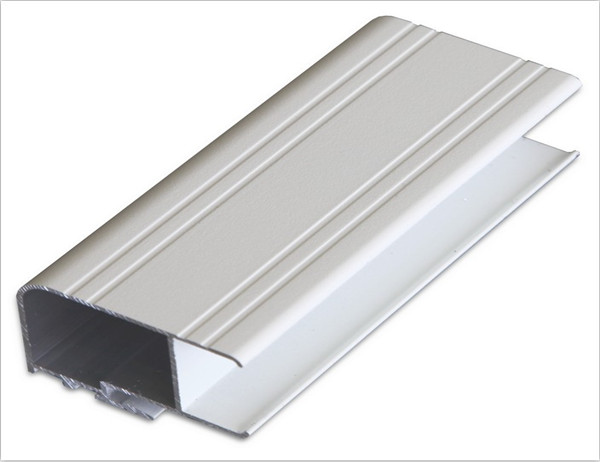Aluminum shuttering is a revolutionary formwork system that has transformed the construction industry. Its lightweight, durability, and ease of use have made it an indispensable tool for contractors seeking to enhance project efficiency. This article explores the multifaceted ways in which aluminum shuttering streamlines construction processes, saving time, labor, and resources.
Unlike traditional plywood or steel formwork, aluminum shuttering can be handled by a smaller crew. Its lightweight panels allow for effortless lifting and placement, eliminating the need for heavy machinery. The interlocking system enables quick and secure assembly, minimizing the time spent on formwork installation and removal. Moreover, the modular design allows for easy adjustments and reconfigurations, further reducing labor costs.
The speed at which aluminum shuttering can be erected and dismantled significantly accelerates construction timelines. Its ease of assembly and removal enables contractors to complete multiple cycles quickly, allowing for rapid progress on projects. This increased speed translates into reduced project durations, earlier completion dates, and faster occupancy for clients.
The lightweight and interlocking nature of aluminum shuttering contributes to a safer work environment on construction sites. Its stability minimizes the risk of formwork collapse, reducing accidents and potential injuries. The lightweight panels are also easier to handle, mitigating risks associated with manual handling of heavy materials. Additionally, the slip-resistant surface provides a safer working platform for construction personnel.
Aluminum shuttering ensures superior concrete quality by providing a smooth and consistent finish. Its non-absorbent surface prevents concrete loss and ensures an even distribution of concrete throughout the formwork. The interlocking system eliminates gaps and leakages, resulting in a concrete structure with minimal imperfections or defects. The high-quality finish also reduces the need for post-construction repairs or touch-ups.
Despite its initial cost, aluminum shuttering proves to be cost-effective in the long run. Its durability and reusability make it an investment that can be used on multiple projects. The reduced labor requirements, faster construction times, and superior concrete quality contribute to significant cost savings over traditional formwork systems. Furthermore, its lightweight nature reduces transportation and handling costs.
Aluminum shuttering has emerged as a transformative technology in the construction industry. Its lightweight, durability, and ease of use enhance efficiency on construction sites by reducing labor requirements, accelerating construction timelines, improving safety, ensuring superior concrete quality, and ultimately proving cost-effective. Contractors who embrace aluminum shuttering are well-positioned to realize significant benefits in terms of time, labor, costs, and project success.
